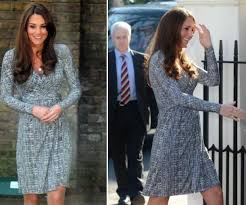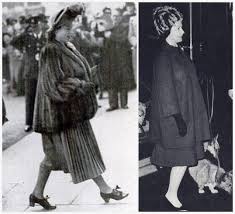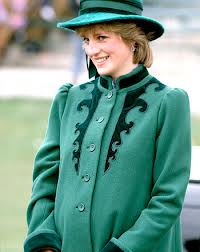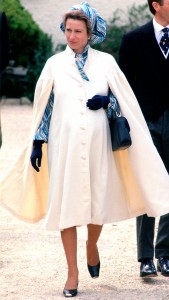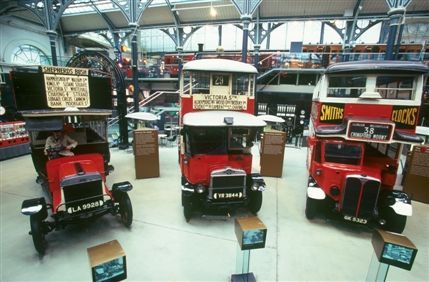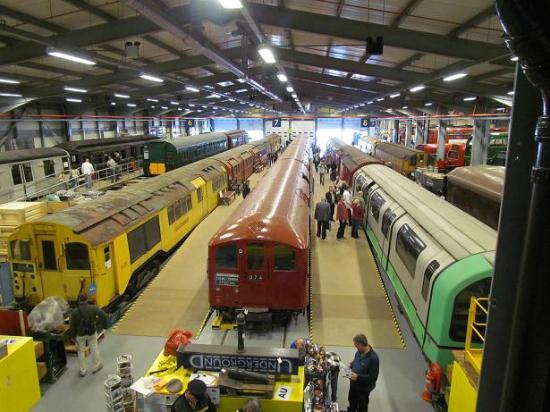The crown jewels of the United Kingdom are precious ceremonial objects used by the British monarchy. Also referred to as the Regalia, these jewels represent a collection of historical pieces of fine objects and vestments in relation to crowning of kings and queens. It is believed that the use of Regalia in England dates back to as early as 200-150 B.C. Its use continues up to the present.
The Collection
Through time, the crown jewels of the United Kingdom became a collection of important objects that were of great significance to transfer of power. The collection is made up of crowns, sceptres, orbs, swords, rings, spurs, colobium sindonis, dalmatic, armills, the royal robe or pall, and other objects that have connection with crowning ceremonies and other state functions. Some of the vestures such as the colobium sindonis and dalmatic resemble those worn by bishops.
The oldest piece of the Regalia is the 12th century gold Anointing Spoon. It is used to anoint the Sovereign with holy oil. The main piece however in the collection is St. Edward’s Crown. This is the very crown that is used by the Archbishop of Canterbury to crown a king or queen. It was the crown used in Queen Elizabeth II’s crowning ceremony in 1953.
The most famous piece in the collection is the Imperial State Crown probably because of the gems used in it numbering to about 3,000. The stones actually came from the old Imperial Crown which has been remade several times. It is traditionally worn by the Sovereign during the coronation’s conclusion as he or she leaves Westminster Abbey. Another occasion where this famous crown is worn is during the State Opening of Parliament.
Abolition and Restoration of Royalty
There was a time that the Regalia’s destruction was ordered in representation of the abolition of royalty. The Regalia was ordered destroyed by Oliver Cromwell during the Civil War that happened in 1649-1650. The symbols of royalty were melted with their gemstones removed. These last remnants of royalty were sold to the highest bidders to raise funds after the devastation of war.
A new set of Regalia had to ordered when royalty was restored. The collection can be seen by visitors at the Tower of London and is guarded by the so-called “Beefeaters“. There had been attempts to steal the crown jewels but none have succeeded so far.
About the Author:
Teresa is a researcher-writer who covers a wide range of topics in search of useful information to offer to her readers. She currently maintains four personal blogs.


